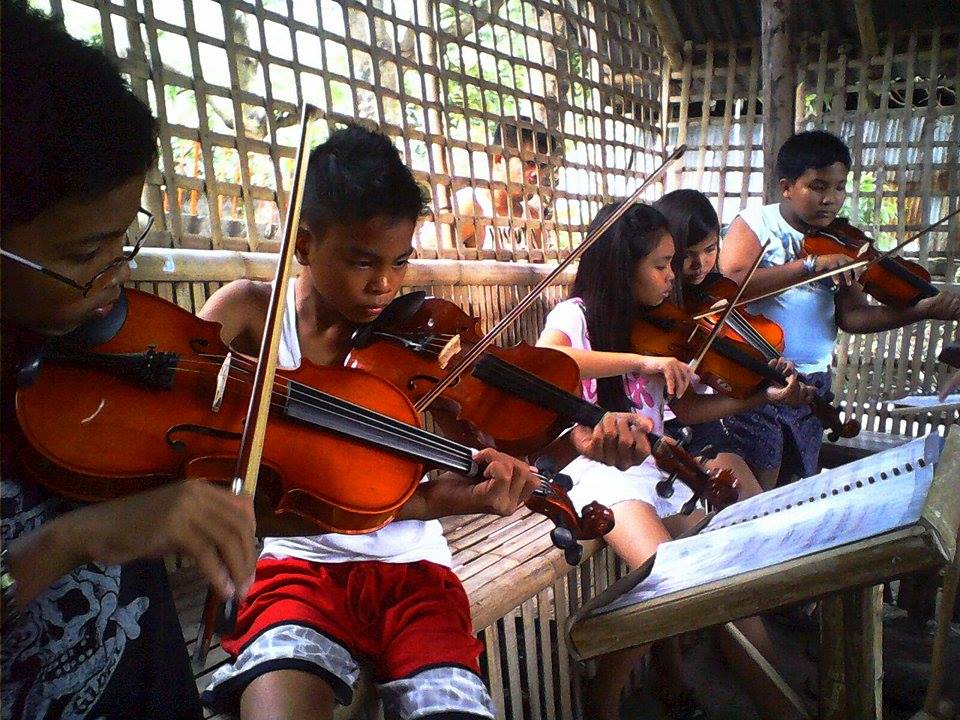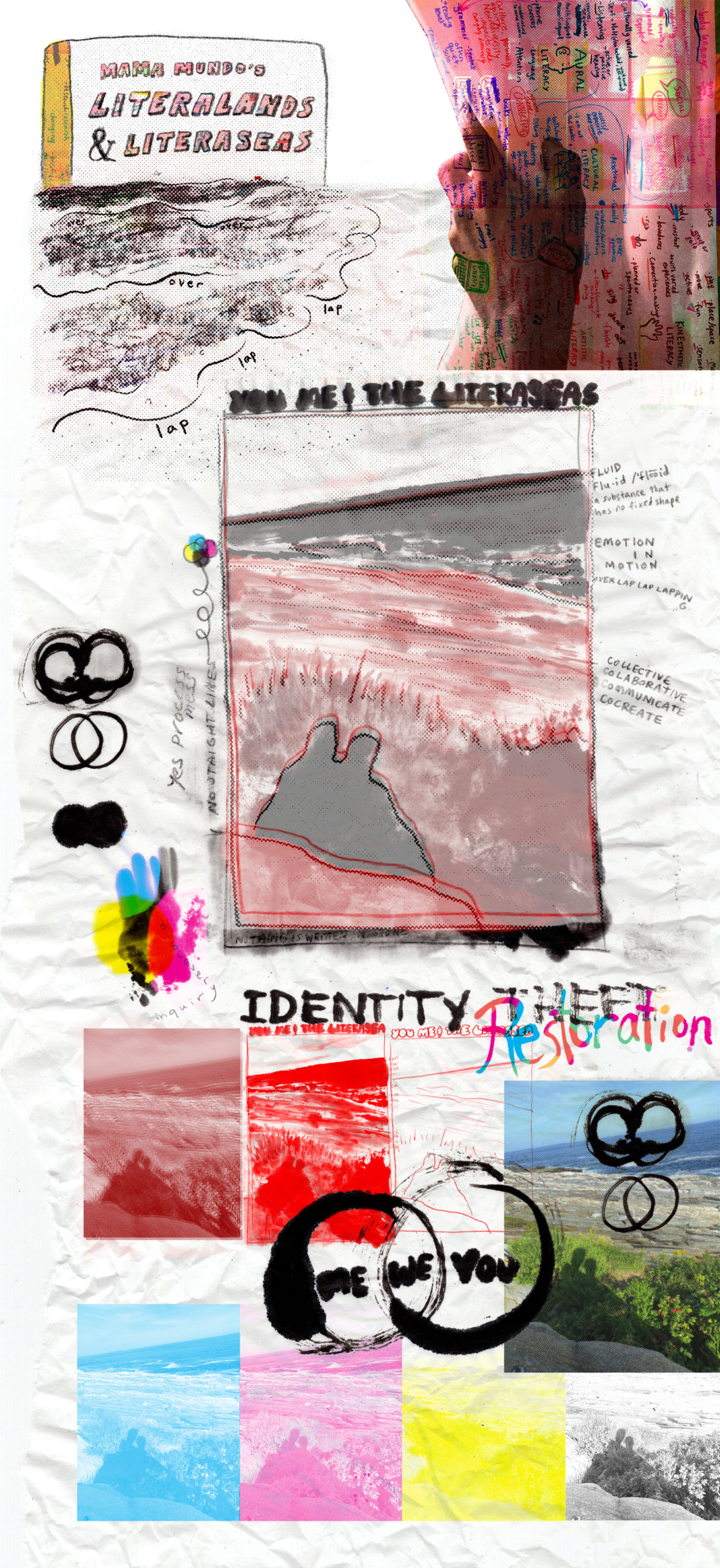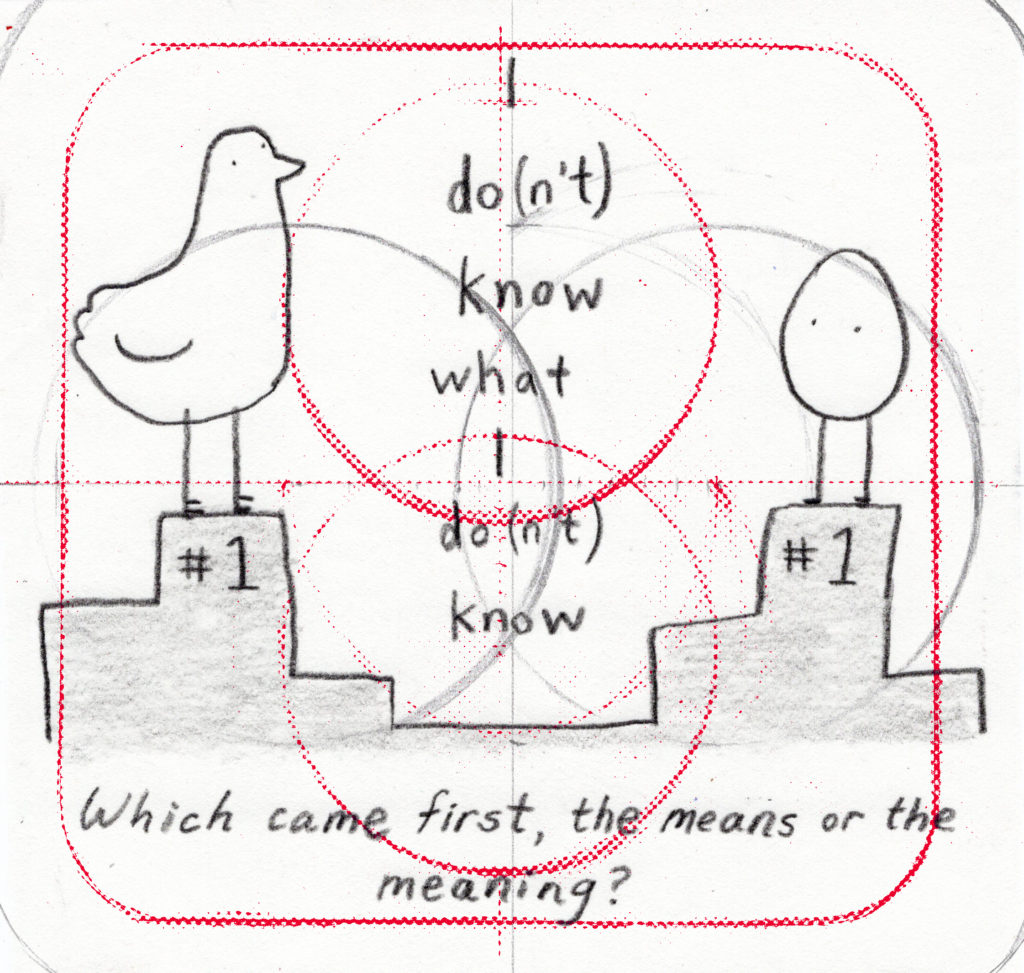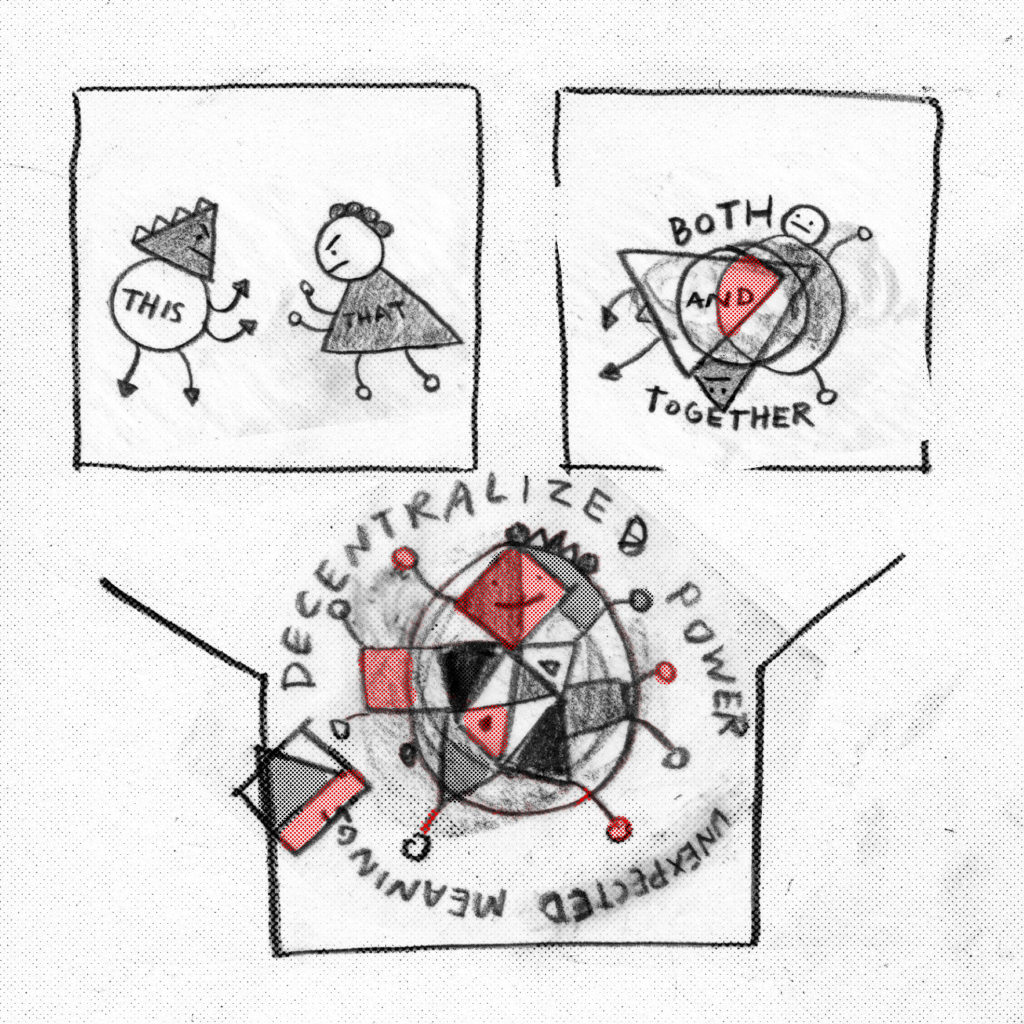Learning From the Music for Social Change Field

“Students guiding their own rehearsal for the Ang Misyon program on Talim Island in The Philippines.” Photo courtesy of Ang Misyon.
NOTE: In the original post, we fell short in our commitment to telling stories that focus on the assets of young people and their communities. We are thankful to the authors who worked with us to address the language and reframe this article, as well as to the individual that raised the concern about the language choices in the original post.
To learn more about asset-based language, visit:
The HERE to HERE Language Guide
Asset-Based Language Mirrors the Communities We Serve
For a decade, The Ensemble newsletter has been publishing articles about the growth of the field of music education for social change. This developing field includes some 130 programs across the United States and hundreds of sites in many countries around the world. The programs are free of charge (most depend on philanthropic funding, a few on government funding) and equally prioritize youth voice, community partnership and musical excellence. The work is primarily ensemble-based and vastly varied in musical genre.
Many of the U.S. programs were founded around 15 years ago, inspired by the example of Venezuela’s El Sistema, which became known in the U.S. through Gustavo Dudamel’s 2009 arrival at the Los Angeles Philharmonic. Other programs arose independently of that model. These programs together constitute a unified and growing field that focuses on supporting communities of students most impacted by social and economic inequities by centering their voices and uplifting opportunities in the music field.
The Ensemble’s scope is fully global, with readers and writers in over 45 countries and hundreds of articles published about music for social change programs across the world — almost entirely written by the programs’ directors, teaching artists and students. (For over 150 writers, this was their first published work.) Based on these writers’ insights and reporting, we have put together a few observations about how the global music for social change field seems to be evolving. We offer them here in the hope of furthering a conversation with our colleagues in youth music education systems and arts education as a whole.
- A Move Away from Deficit Frameworks
Many Ensemble writers communicate that their programs make a vigorous commitment to grounding the work in the manifold assets of students, rather than in deficit-based assumptions. This framework holds that young people have abundant agency, skills and talents, and do not need adults to give them permission to learn and lead. It prioritizes the vitality, acuity, and many ways of knowing that students bring to their learning, and rests on the assumptions that students have much to teach and those in formal teaching roles have much to learn. Additionally, it holds that all students and communities are rich in social, emotional and cultural resources. Writers report that teaching and learning processes are deeply based on these understandings. - Youth Voice
Virtually all the programs Ensemble writers describe are evolving in the direction of prioritizing youth voice. This priority manifests within the musical work in various ways, including collective composition, student choice of repertoire, student decisions about venue and performance and student-led chamber ensembles. Peer-to-peer teaching and student leadership are embedded as significant features of most programs. Some writers report that older students serve as mentors and apprentice teachers, and that, increasingly, these students move on to become program faculty and staff. - Social and Cultural Identities
Ensemble writers communicate that their programs are distinguished by immersive affiliation with the social and cultural identities of the young people and communities with whom they work. Programs center on musical repertoires that are resonant with and relevant to students and communities. While many programs report the inclusion of orchestral instruments and ensembles, and engagement with some of the Western classical orchestral canon, the larger context is a wide variety of musical genres. - Immersive Ensemble Music Learning and Educational Goalposts
Ensemble writers often report evidence that their community-based immersive ensemble music education programs contribute to higher high school graduation rates and college matriculation rates (sometimes approaching 100%). In many cases, college-bound students aim for non-music careers while continuing to stay active in music — and writers clarify that their programs consider this fact a high indicator of success.
A Final Note:
Writers of Ensemble articles ground their work in a conviction that the inequities their students and communities may contend with are rooted in systemically oppressive social, political and economic structures. They frequently indicate that their programs do not have the resources and capacity to engage in the kind of large-scale political and legal actions necessary to bring large-scale structural change. However, the clarity and ethical power of their writing and reporting indicate their confidence that the work they do contributes, over the long term, to the structural dismantling of systemic oppression in their countries and around the world.
It is our impression that many school music educators share many of the values of the music for social change field. We offer these observations in the interest of supporting a robust and aligned dialogue among all music educators.



